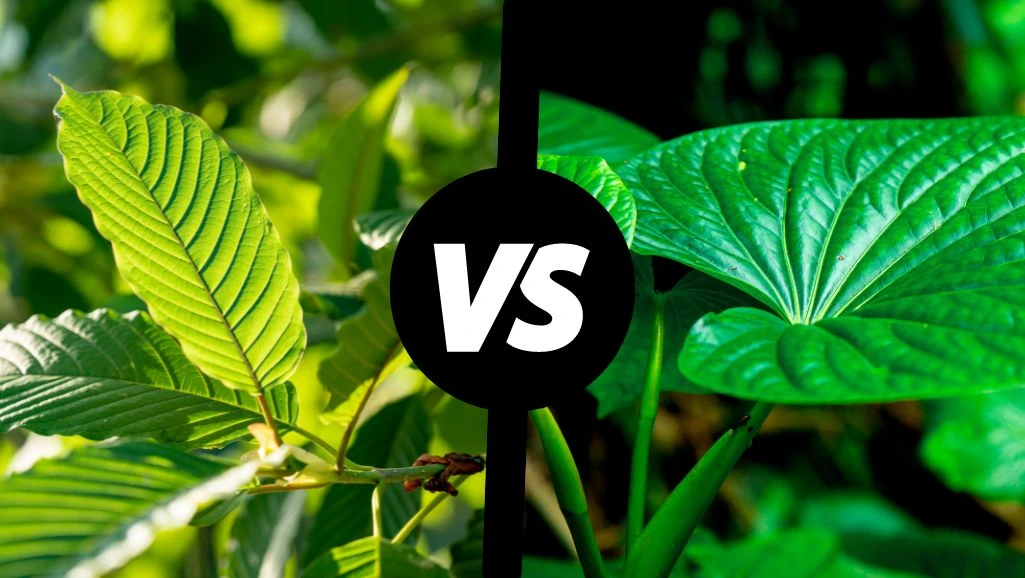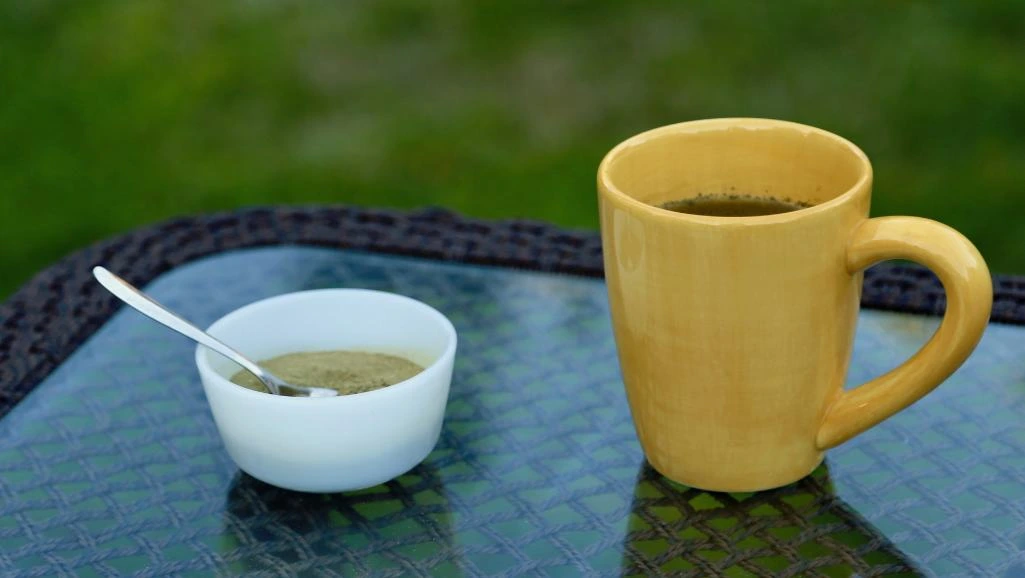Are you trying to decide between kratom and kava? Both of these herbal supplements have gained popularity for their effects on the mind and body, but they each have distinct characteristics. Wondering which might be better suited for your needs? This article will explore the key differences in their active components, effects, risks, and cultural uses to help you make an informed choice.

When comparing kratom and kava, it’s worth considering their unique properties. Kava has been known for its calming properties, helping to reduce anxiety, improve sleep, and enhance sociability. On the other hand, kratom tends to have more stimulating effects in smaller doses but can mimic opioid-like effects in larger amounts.
Let’s delve deeper into what makes these two substances different.
### Active Ingredients and Effects
Kratom and kava are two plants that have become increasingly popular in recent years, largely due to their impact on mental and physical well-being. Originating from different parts of the world, they contain different active compounds. Many users turn to them for stress relief, anxiety management, and relaxation. Here’s a closer look at their active ingredients and effects.
#### Active Ingredients and Effects of Kratom
Kratom, scientifically known as *Mitragyna speciosa*, is a tropical tree native to Southeast Asia. Its psychoactive properties stem from the alkaloids mitragynine and 7-hydroxymitragynine. These compounds interact with brain receptors similarly to opioids, leading to varying outcomes depending on the dosage—pain relief, heightened energy, or relaxation.
Users often praise kratom for its ability to alleviate pain, manage anxiety, and boost mood. However, there are risks involved, including potential addiction, nausea, dizziness, and mood swings.

#### Active Ingredients and Effects of Kava
Kava, or *Piper methysticum*, is a plant native to the Western Pacific. The active ingredients, called kavalactones, have a sedative effect on the central nervous system, promoting calmness, reducing anxiety, and aiding better sleep. Unlike kratom, kava doesn’t have stimulant properties.
Kava is typically consumed for its relaxing qualities, particularly in social settings where it fosters a sense of well-being without impairing mental clarity. Potential side effects include skin issues, fatigue, or liver damage if taken excessively over time.
#### A Comparative Look
Both kratom and kava share common benefits like stress relief and relaxation, yet they affect the body differently. While kratom can act as both a stimulant and a sedative depending on the dose, kava consistently provides calming effects and enhances social interaction without clouding mental clarity.
Despite their potential advantages, it’s crucial to be mindful of the risks and side effects. Consulting a healthcare provider is highly recommended, especially if you’re managing existing health conditions or taking other medications.
### User Experiences and Cultural Perspectives
Kratom and kava carry rich histories and cultural significance. Kratom has deep roots in Southeast Asia, particularly in countries like Thailand, Malaysia, and Indonesia, where it’s traditionally used to boost energy during labor-intensive work. In modern times, it’s commonly used for pain relief and opiate withdrawal support.
Western perspectives on kratom, however, are more divided. Online forums and social media platforms showcase mixed reactions, with some users appreciating its benefits while others highlight potential dangers.
Meanwhile, kava holds significant cultural importance in the Pacific region, especially in places like Fiji, Vanuatu, and Hawaii. Historically, it’s used in ceremonies to foster social harmony and relaxation. In the West, kava is embraced as an alternative to alcohol, offering relaxation without intoxication or hangovers.
Culturally, kratom often carries a more controversial reputation due to its psychoactive nature and potential for addiction. Kava, however, enjoys a more positive image in regions where it’s woven into traditional practices.
### Key Takeaways
So, what’s the final verdict on kratom versus kava? Both are natural options that provide relief from anxiety and promote relaxation, but they differ significantly in their effects and risks. Kratom can be either stimulating or sedating based on dosage, whereas kava consistently offers calming effects and enhances sociability.
Remember, while these plants hold promise, they also come with potential downsides. Always seek professional advice before starting any new supplement, especially if you’re already on medication or dealing with health issues.
Lastly, understanding how these plants are viewed across cultures adds another layer of insight into their global usage and regulation. For further exploration, consider checking out our comparison of kratom and kanna.
---
With this comprehensive overview, you're now equipped to make a more informed decision about whether kratom or kava might be right for you. Whichever path you choose, always prioritize safety and consult professionals to ensure the best outcome.
Frozen Sardine,Frozen Sardines Sardinefrozen,Frozen Sardine Fish,Sardine Whole Round Frozen
Zhoushan City Shuangying Aquatic Products Co., Ltd.  , https://www.shuangying-aquatic.com